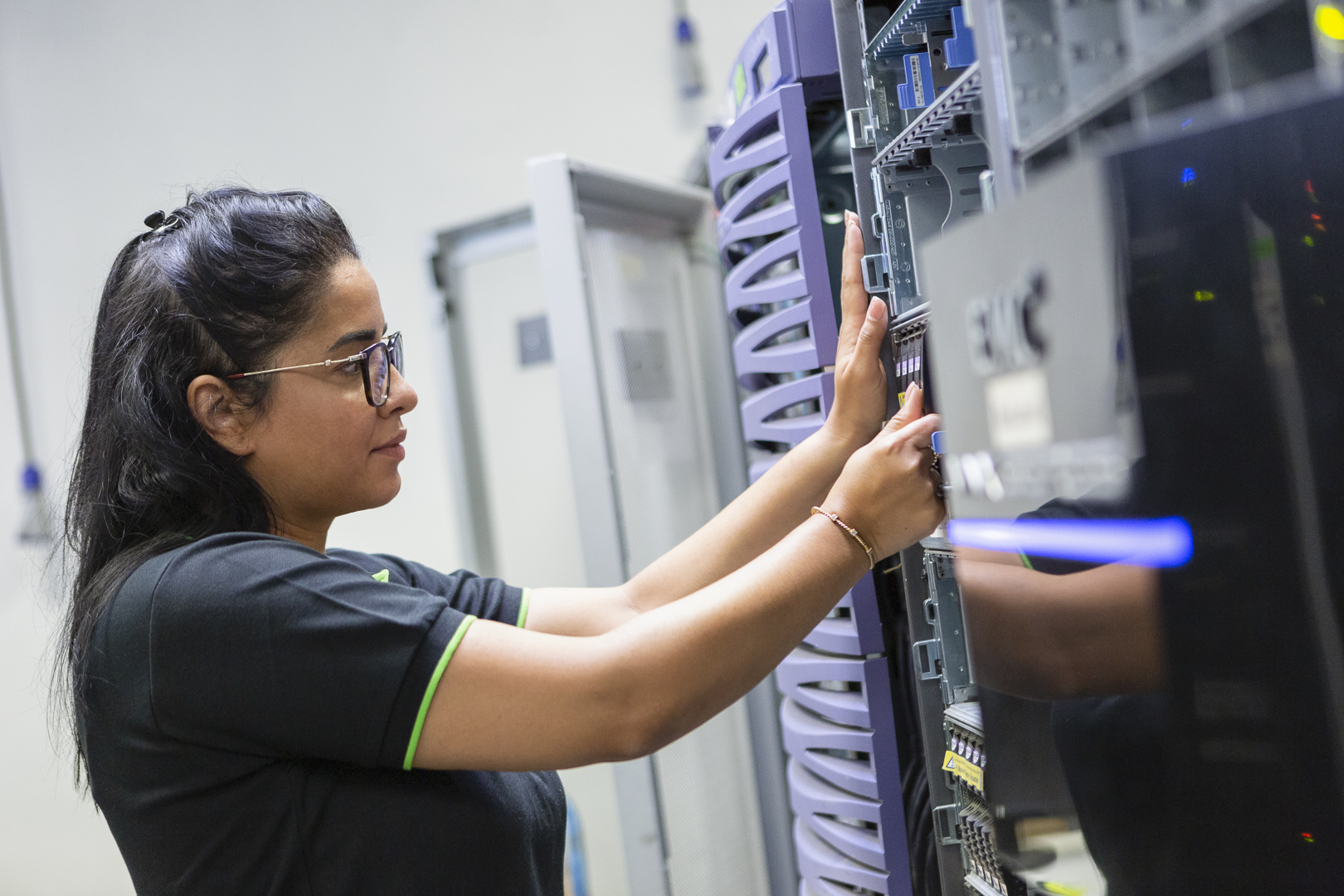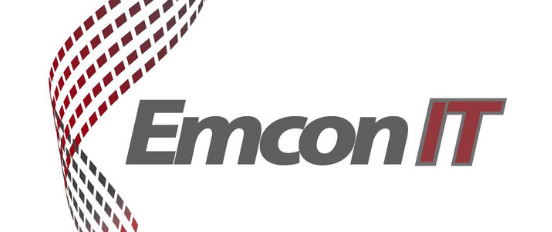Paris, November 9, 2023 – Evernex, a global leader in end-to-end IT asset management, has […]
Read moreThe smart way to counter the chip shortage
How companies can work around supply and budget problems
Production stoppages at chip manufacturers and disrupted supply chains are currently leading to a severe chip shortage, putting many sectors under pressure. The IT infrastructure in data centres is also affected. As a result, companies are looking for ways to make themselves more resilient and simultaneously more cost-effective. Using refurbished hardware and third-party maintenance can contribute to solving this challenge and to considerably reducing the consequences of the chip shortage.
The global problems in the supply of semi-conductors and chips cannot be solved in the short or medium term. Sector giants such as Intel expect continuing bottlenecks until 2023 – with huge effects. Product launches are being postponed in many sectors and delivery times are reaching unheard-of lengths. This is also affecting the availability of storage systems, servers and other hardware for data centres. The reduced supply is also making it increasingly difficult for companies and data centre operators to obtain new IT hardware in good time.
Meanwhile, manufacturers are facing higher costs along their supply chains, making price rises seem inevitable. Robert Johnson, CEO of Vertiv, a large provider of data centre infrastructure,has already announced: “Strategies will have to be developed and implemented[gestiegenen Lieferketten-] in order to pass on the [risen supply chain] costs to our customers, if possible.” These plans are coming at a difficult time. After all, many IT budgets may be exhausted anyway due to the huge increases in demand for capacity. So it is high time for data centres to take a look at new paths.
Refurbished hardware as an alternative strategy
In a study carried out by Technogroup IT-Service GmbH, even before the crisis nearly 80 per cent of companies emphasised that they saw refurbished hardware could be a sensible alternative to new ware in order to protect budgets and the environment. Nevertheless, only 15 per cent of these actually used this possibility for their data centres. This could change now. Because anyone who puts their money on refurbished hardware will circumvent the supply problems and will receive technology with up-to-date performance figures, which will be up to 50 per cent cheaper than comparable new ware.
As a result, Klaus Stöckert, CEO of Technogroup IT-Service GmbH, expects companies will go through a fundamental rethink: “At a time of chip shortages in particular, IT departments will benefit from components, equipment and complete systems produced some time ago that are available on the market. This approach will ensure immediate and long-term deliverability. And on top of everything, this approach saves resources and is climate-friendly. So a well-known and proven concept is offering a solution to a new challenge.”
Investing in existing hardware pays off
A second trend being fuelled by the chip shortage is the development of a maintenance and repair culture, through which companies can greatly extend the life of their IT hardware. Instead of being taken out of service after just a few years – at the manufacturers’ end of service life (EoSL) – servers and other equipment can run for ten years and more. Repairs carried out by service providers independent of manufactures (TPM – Third-Party Maintenance) are a sensible investment in the life cycle of existing hardware. This will allow companies to put off acquisitions of new equipment – until a future with better conditions.
Subscribe to our newsletter
Press contact
Would you like to receive more information as a representative of the press and media?
Find out more nowVerwandte Beiträge
How to ensure high availability despite the chip shortage
The chip shortage is presenting businesses with huge challenges. Long delivery times, faltering value-creation chains […]
Read moreIT recycling – how waste becomes valuable to the environment and ROI
Jean-Marc Gottero, Chief Revenue Officer at Evernex, the European market leader for third-party maintenance in data centres, explains how companies can help preserve environmental resources, while generating financial savings when incorporating IT recycling in their sustainability strategy.
Read moreInternational Women’s Day: Woman, Iranian, electrical engineer
Sahar Khodamvayghani works in the TG Repair Center. For her, there are no men’s or women’s jobs – just talented people.
Read moreEvernex acquires Emcon-IT and strengthens presence in the USA
With the acquisition of the American TPM provider, Evernex continues its international expansion course.
Read moreUN Climate Conference: Sustainability in data centres
UN Climate Change Conference seeks solutions to global climate change. TPM creates more sustainability in the data centre.
Read moreNew Study: More optimisation potential in IT than expected
New findings on the status quo in data centres and about the effects of the COVID-19 pandemic on the IT sector.
Read more






